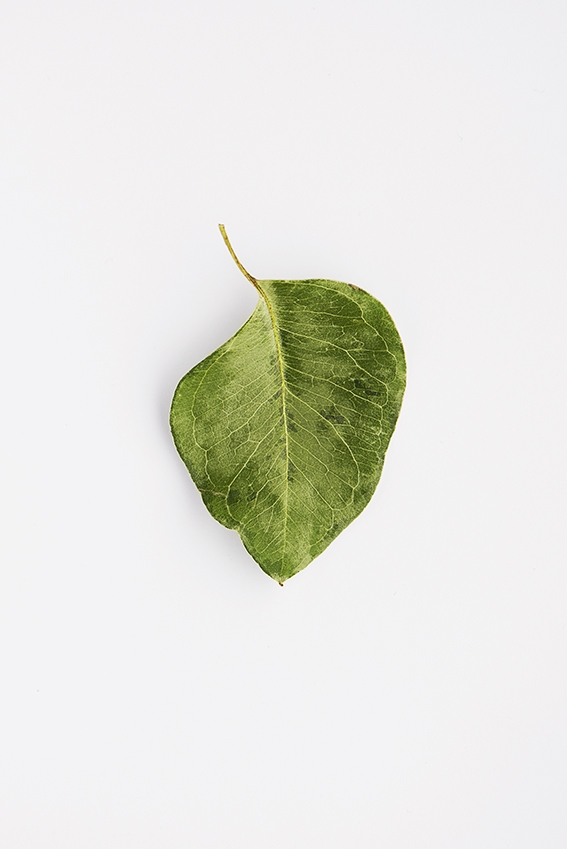gold plantation
"Gold Plantation" is an artistic project inspired by research on Australian eucalyptus conducted by the team of doctor Mel Lintern, geochemist from the government agency CSIRO. It was found that these plants take from the depths of the earth water with metal particles. Because gold can be toxic, eucalyptus carries it through branches to the leaves that it throws to the ground. When the leaf decomposes, the whole process can be repeated. Gold particles in the leaves are invisible to the naked eye, but can be localized by researchers with use of specialized equipment, which can become a new method of looking for deposits of this metal. This method will be much less invasive to the ecosystem than the currently used test wells – until the decision will be made to start an industrial extraction...
The exhibition was presented at the Palm House of the Botanical Garden in Łódź not only because it tells about exotic plants. The Palm House is located in the Źródliska Park, associated with the well-known Lodz industrialist Karol Scheibler. The fact that the entrepreneur maintained a green enclave in an industrial city was a sign of prestige and financial freedom, which is echoed by the urban legend about the treasure that Scheibler was supposed to hide in the park. The location of the exhibition refers to key motifs of the project: nature represented by eucalyptus and wealth symbolized by gold. The project was also presented at Wozownia Contemporary Art Gallery in Toruń and at the Palace in Chrzęsne.
The real gold flakes have been placed in every photo presented at the exhibion. However, they are invisible, just like metallic particles in eucalyptus leaves. The artist placed the golden layer on the backs of the works, in a way that it can not be extracted without destroying the photograph. Is art really more valuable than gold? Photographic images of the plant and its fragments were accompanied by a live eucalyptus with gold particles implanted in the leaves. There was also a QR code linking to a 360-degree video, which could help the public to find a new "treasure" hidden by the artist in the open air near the exhibition.
